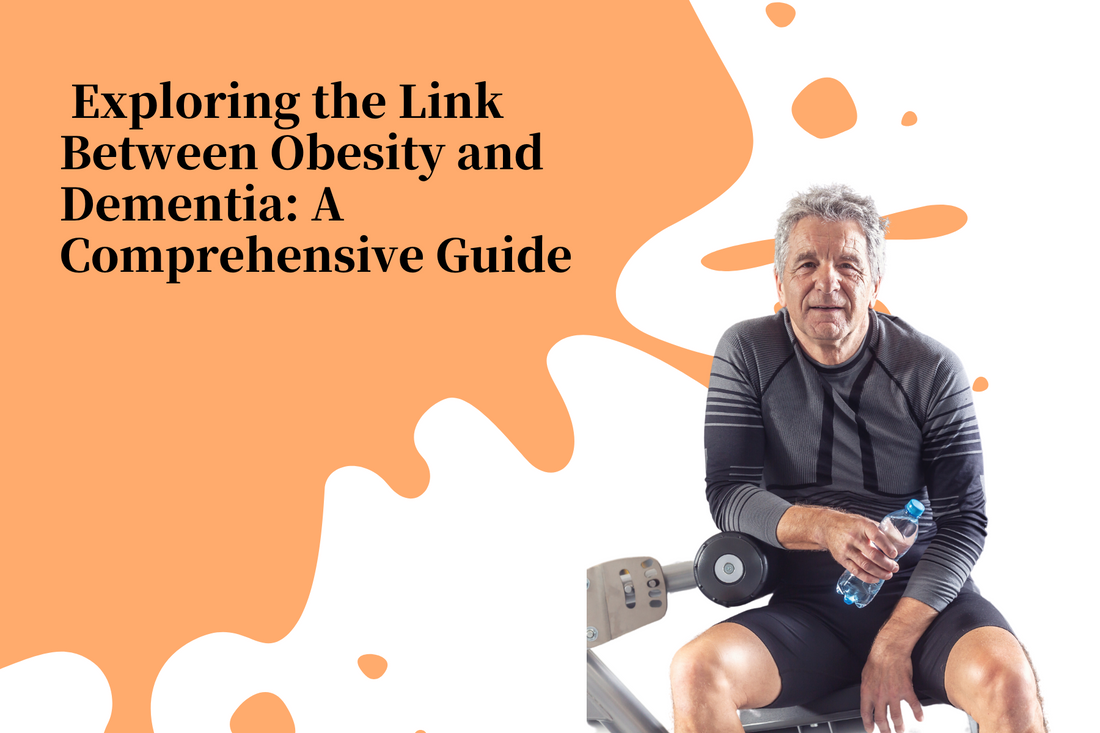Exploring the Link Between Obesity and Dementia: A Comprehensive Guide
The correlation between obesity and dementia is a noteworthy subject that warrants greater understanding. As evidence suggests, obesity escalates the risk of developing dementia by approximately 1.5 to 2 times, thereby categorizing obesity as one of the 12 major acquired risk factors for dementia.
The first step towards addressing this issue requires us to identify and acknowledge obesity. It is imperative to not rely solely on subjective factors such as personal feelings or weight. A variety of objective measurements can help determine if an individual is obese or not.
The article introduces several testing methods:
Waist Circumference: The measurement around the abdomen, centered on the navel, is a reliable indicator of obesity. For men, a waist circumference of 90cm or more, and for women, 80cm or more, falls under the classification of obesity.
Thigh Circumference: A thigh circumference exceeding 60 cm often indicates excess body fat. Thus, such a measurement should raise an alarm for potential obesity.
Body Mass Index (BMI): The ratio of weight in kilograms to the square of height in meters gives the Body Mass Index. A normal BMI ranges between 18.5 and 24. Anything below 18.5 is considered underweight; a BMI between 24 and 27 is overweight; a range of 27-30 and 30-35 signifies mild and moderate obesity, respectively. Severe obesity is indicated by a BMI over 35.
Body Fat Percentage: For men above 30 years, a body fat rate of 25%, and for women, 30% is the threshold. Exceeding these rates often means an excess body fat accumulation. A more user-friendly method to measure this is to use a smart body fat scale, which can help track the trend of body fat percentage over time.
The understanding and monitoring of these indicators—weight, waist circumference, thigh circumference, BMI, and body fat percentage— can facilitate the management of our physical health and help maintain a healthy body shape. As obesity significantly elevates the risk of dementia, awareness and proactive measures can assist in mitigating this risk. Therefore, let's prioritize our health by maintaining these parameters within the healthy range and move towards a dementia-risk-free future.


